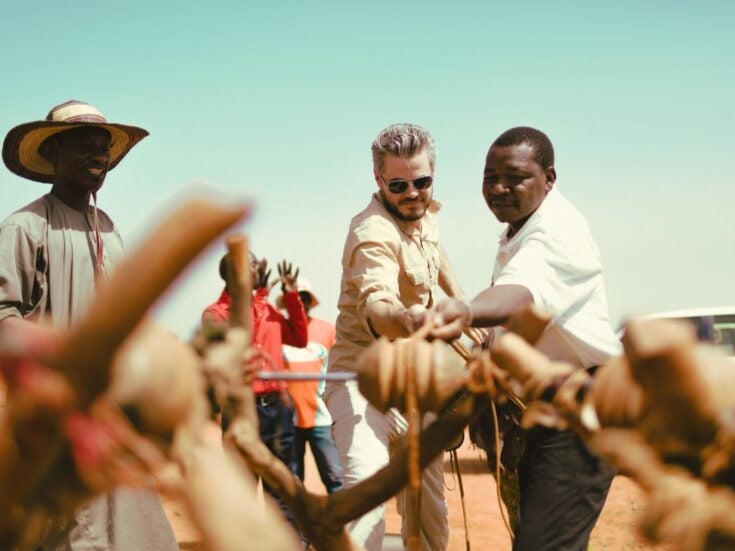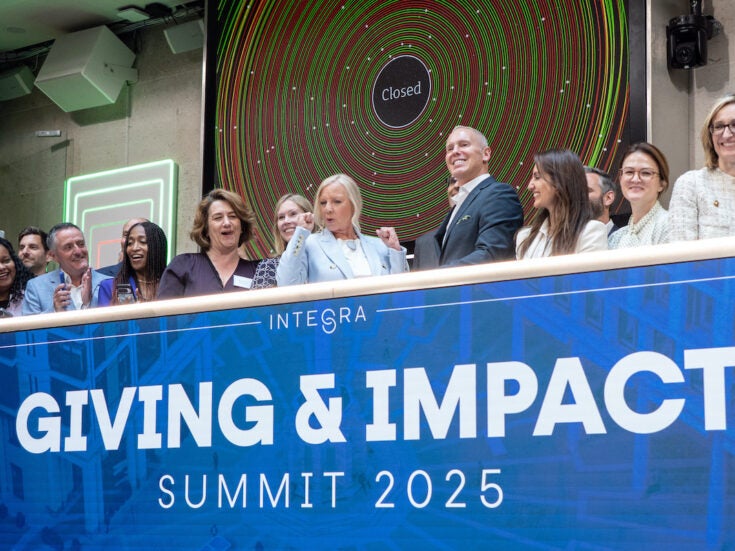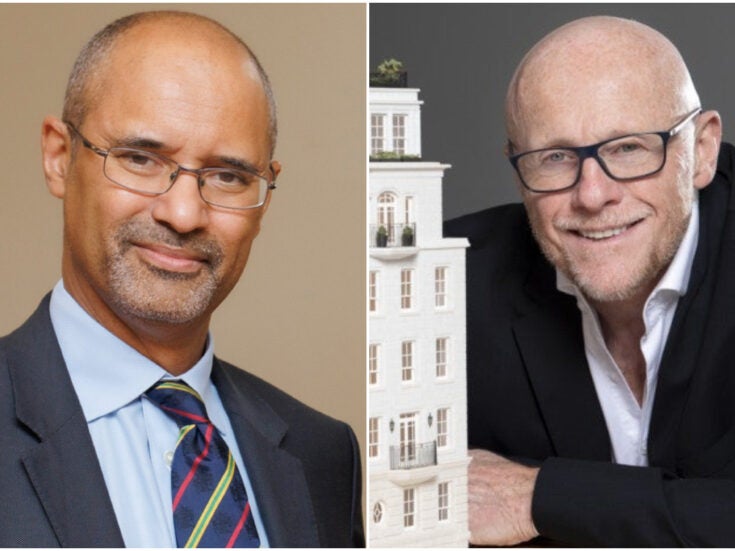
Zain Alatas talks to philanthropist Dame Vivien Duffield about the Clore Leadership Programme, while Kathleen Soriano explains how it has helped her
DAME VIVIEN DUFFIELD
From my early childhood I remember going to openings with my father — it was very much a Jewish thing. He then started his foundations in the mid-Sixties. To start with, most of the charities were Jewish. Over time, he got involved in hundreds of different things — from hospitals and schools to London Zoo — because he was always giving to people he knew.
Ours has always been a very personal charity. When I was 21 I got a bundle of money from my father. I put £100,000 into a small trust and started doing it on my own, which was great fun, albeit with tiny amounts of money. I had nine years of doing that on my own before he died.
When I took over the foundation, it was still very much a question of keeping up what my father was doing. My first big independent project was Eureka!, the National Children’s Museum in Halifax. I went to Boston with my children and thought the Boston Children’s Museum was the most wonderful place I had ever been. So I decided to build one. Twenty years on, it is flourishing. In fact, at the time of the millennium we applied for a grant and were turned down because the museum was a ‘proven success’. It now gets 300,000-plus visitors a year.
We have also created the Clore Leadership Programme, which I started with Nick Serota and Chris Smith (now Lord Smith), who had been Minister for Culture, Media and Sport. There are now hundreds of Clore fellows and, after eight years, there is at least one in every major museum and theatre, as well as working for the Arts Council and the National Trust — they are beginning to get everywhere.
I have no idea how the foundations will continue with new generations. I have deliberately not put my two children on them. My daughter worked in Africa for fifteen years for Save the Children and Concern, and my son makes not-for-profit films and has set up a charity called Blue for the preservation of the oceans. I think that it is much better to let them do their own thing, so that they continue the work in their own way.
KATHLEEN SORIANO, DIRECTOR OF EXHIBITIONS, ROYAL ACADEMY OF ARTS
Oddly enough, I started my career with three years at the Royal Academy of Arts. I then found a job as exhibitions officer at the National Portrait Gallery. When I left, a full seventeen years later, I had six departments and about 45 members of staff. I was by then also looking after the collections, conservation, design — all the practical elements that keep the institution going. I regularly felt the need to take the next step, to progress, but it was quite difficult to identify exactly how I could do that.
The minute the Clore Leadership Programme was set up, I knew immediately that it was something I had to go for. It was too good an opportunity to miss. We were well aware of Dame Vivien’s enormous connection to, and investment in, the arts, and her understanding of and belief in it. All the signs were pointing in the right direction. It also coincided with an opening up that was beginning to happen across cultural sectors, but Dame Vivien gave it an enormous push by bringing these people together.
There were two residentials: one at the beginning of the year, one at the end, and courses in between that focused on things such as fundraising, marketing and charity law. The courses brought the 25 fellows from different sectors together, and one of the things the experience taught us was to stop thinking about museums, galleries, theatres and libraries as separate sectors. It also helped us to forge a fantastic network; I have worked with other Clore fellows on several occasions since leaving.
The programme was portrayed as a professional-development course, but it was actually more personal and more sophisticated than that. It delivered in every way: from practical business skills to how to run a cultural institution, and also from a psychological point of view: how you work with people and how you develop your role.
One of the most important things it did for me was that it brought many leaders from my sector and other sectors to talk to us, and, without a doubt, they came to the table because of Dame Vivien’s investment, emotional and otherwise, in the sector. Exposing their own vulnerability to us was a generous and powerful thing to do, and it taught us that we could also be leaders.

Miller Philanthropy supports The Giver and the Gift
Photograph courtesy of John R Rifkin






